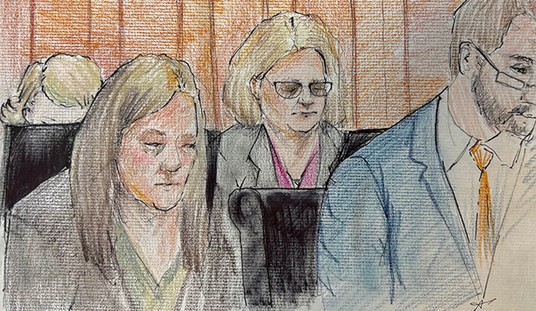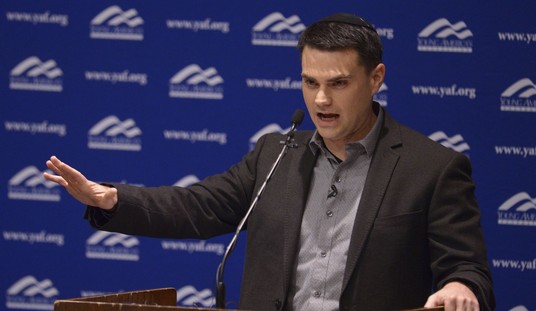“If I asked customers what they wanted, they would have said, a faster horse.” – Henry Ford
This week in my unique course, “Libertarian CEOs” at Chapman University, we talked about Friedrich Wieser’s “great man” theory. The Austrian economist argued that all great companies achieve success because a single creative individual leads the way.
The late Steve Jobs, the creative genius behind Apple Inc., is a perfect example of Wieser’s great man theory… and of Say’s law, “supply creates demand.” He had his own vision of what Apple’s products should be like.
Jobs said, “My passion has been to build an enduring company where people were motivated to make great products. It’s great to make a profit, but profits are secondary.”
Thus, Jobs’ job (to use a turn of phrase) was not directly to make money or to create jobs, but to satisfy and challenge consumers like never before.
He had a vision of what consumers wanted before they wanted it. That’s the key point of Say’s law, named after the great French economist J. B. Say. (See chapter 2 of my book, “The Making of Modern Economics,” which is available from Amazon.) The research and production phrases must come before the consumer buys. The entrepreneur is the catalyst for new products and new production processes.
Consumers bought the new Apple products – iPhones, iPads, etc. – in droves, even after Steve Jobs passed away two years ago. Tim Cook has surprised his critics. Interestingly, Cook, like Jobs, defied the conventional wisdom and produced the iPhone 6 even though consumers said they didn’t need a new one. Apple charged Chinese customers high prices for their iPhone 6, despite marketing experts who said that the Chinese couldn’t afford it.
Recommended
Last month, Apple reported the best quarter ever for a publicly traded corporation. Imagine selling 34,000 iPhones every hour, 24 hours a day, during the quarter. The tech firm earned $18 billion in the quarter – more than any company ever in a single quarter – on revenue of $75 billion. Back in 1999, when Microsoft ruled the world, nobody thought Apple had a chance to one day have a market cap of nearly $700 billion, twice the size of Microsoft. The stock price is up 65% in the past year.
Yes, consumers had to buy the new Apple products to improve the bottom line. But what came first? Consumer demand was latent until the creative Apple engineers came up with the new, better products. That’s what Say’s law is all about. Production comes first, then consumption. “The sale of X created the demand for Y,” according to Say’s law.
Apple executives hire engineers, jobs are created, products are built, consumers buy and then everyone benefits – workers, investors and consumers.

























Join the conversation as a VIP Member